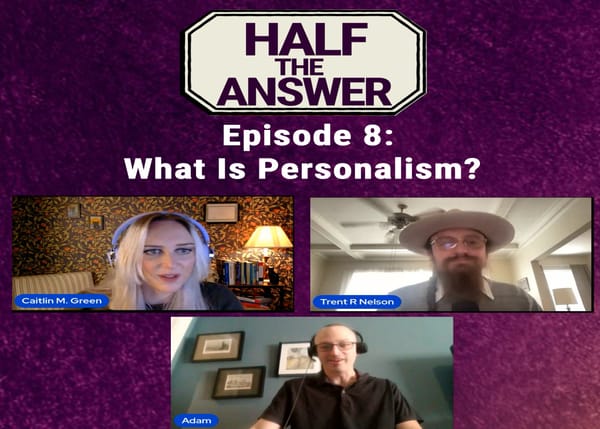Queen of Bebop and Pathbreaker

Jazz is intimately tied up with freedom. It has deep origins in African-American spirituals and other mixes of slave folk music and classical theories that came from Europe. Socially, like many artistic innovations, jazz was originally scorned and condemned by the mainstream for many reasons, the most prominent of which was its significance as a primarily African-American art form. It was called “jungle music” and was associated with immorality and sexual licentiousness.
But over time, audiences became more receptive and some jazz musicians would reach a pop-star like status. This popularity in the 1940s, 50s, and 60s served to augment the burgeoning civil rights movement, as more white Americans became sensitive to the plight of African-American citizens. This liberating aspect of jazz has been noted by legendary pianist and composer Duke Ellington, who said that
jazz is a good barometer of freedom…in its beginnings, the United States of America spawned certain ideals of freedom and independence through which, eventually, Jazz was evolved, and the music is so free that man people say it is the only unhampered, unhindered expression of complete freedom yet produced in this country.
This narrative, though, is usually told from the perspective of jazz’s male greats — Ellington, Monk, Coltrane, Miles, Parker, Gillespie, etc — as jazz was a male dominated field. This makes Elaine M. Hayes’s new book, Queen of Bebop: The Musical Lives of Sarah Vaughan, a welcome addition to the story. Hayes chronicles the career of Sarah Vaughan, a jazz vocalist, as she trail-blazed a path to stardom, despite encountering rampant racism and sexism.
Vaughan was born and raised in Newark, New Jersey, and music was a constant in her home, as her father played the guitar and her mother the piano. At the age of seven, Vaughan began weekly piano lessons and would grow into a more than capable pianist in her own right. Determined to be a singer, she dropped out of high school and immersed herself in the local Newark club scene as a vocalist.
It was there that she was able to defy the usual sexist tropes surrounding female singers — a group traditionally seen as eye candy and dating material for the male band members. One biographer attributes this to a lack of physical attractiveness, but Hayes disputes this. Vaughan was taken seriously because “she took herself seriously.” She had a “commitment and willingness to learn,” an unusual talent, and innovative ideas.
With the onset of bebop — a form of jazz that featured complex harmonic progressions, high-paced tempos, and virtuosic interpolations of the melody — Vaughan found herself working in bands with the likes of Charlie Parker and Dizzy Gillespie. The artistic bar was generally set low for vocalists, particularly female vocalists. It was believed that “women simply did not have the intellect or the musical proficiency to match their male, instrumental counterparts … most women were not viewed as real musicians. Except for a handful of women, including Sarah Vaughan.”
As evidenced by the title of the book, Vaughan established herself as the matriarch of bebop. She started her own band, signed recording contracts, and eventually achieved crossover success as a popular singer, not simply a jazz artist. Vaughan’s voice was carrying her all over the world, to audiences black and white alike.
This is where Vaughan played her unique role in laying the groundwork for the civil rights movement, as unlike most of the usual subjects in this story, she was a singer, and not an instrumentalist. The nature of the voice as an instrument adds an extra layer of exposure that a pianist or a saxophonist does not experience. And as a black female vocalist, Vaughan was able to break down stereotypes surrounding race.
Historically, black performers were unable to escape their race, while white performers were more than just the color of their skin. Whites were able to be perceived as exhibitions of something spiritual — their voices were believed to be warm and pure. Black voices lacked this spiritual nature. But radio broadcasters who were fans of Vaughan began to describe her in the traditionally white manner. Her voice was described as “beautiful and feminine, warm and sensuous, vibrant and brilliant, and strikingly modern[.]” This encouraged audiences to think beyond the traditional barriers of race.
After achieving popular success, Vaughan’s voice “became a part of daily life for both black and white Americans. Her voice became part of the American soundtrack” as she and contemporaries such as Ella Fitzgerald and Nat King Cole desegregated the airwaves. With her voice, Vaughan demonstrated the “humanity, complexity, and subjectivity of black women” and she was able to conjure “strong, visceral responses from her listeners that encouraged feelings of intimacy, closeness, and often empathy.”
This received empathy between Vaughan and the listener harkens back to the moral philosophy of Adam Smith. Smith believed that our moral senses and our sympathies with other people arose from a projection of oneself into the situations of another. Writing in his often overlooked first book, The Theory of Moral Sentiments, humans “have no immediate experience of what other men feel, we can form no idea of the manner in which they are affected but by conceiving what we ourselves should feel in the like situation.”
The natural history of music was one of different vocal techniques combined with rhythm to express different passions, according to Smith.[1] Music, particularly vocal music, can imitate and project the passions which bridge the divide between people. As he says in his essay “Of the Imitative Arts,”
The sentiments and passions which Music can best imitate are those which unite and bind men together in society; the social, the decent, the virtuous, the interesting and affecting, the amiable and agreeable, the awful and respectable, the noble, elevating, and commanding passions.[2]
Sarah Vaughan’s voice helped to shift the perception that white Americans had of black Americans, and her “singing, along with that of many of her contemporaries, helped set the stage for the advances of the civil rights movement.” Hayes’s examination of Vaughan’s life is a thorough and easily readable narrative that provides essential cultural context to something that is more than just a feel-good success story. As Hayes shows, Sarah Vaughan was so much more than simply the queen of bebop.
* “How selfish soever man may be supposed, there are evidently some principles in his nature, which interest him in the fortune of others, and render their happiness necessary to him, though he derives nothing from it except the pleasure of seeing it.” – Adam Smith, opening line, The Theory of Moral Sentiments
[1] Adam Smith: An Enlightened Life, Nicholas Phillipson, p. 251
[2] Essays on Philosophical Subjects, p. 192
Featured image is Sarah Vaughan at the Grand Gala du Disque Populaire 1963 in the Netherlands.




